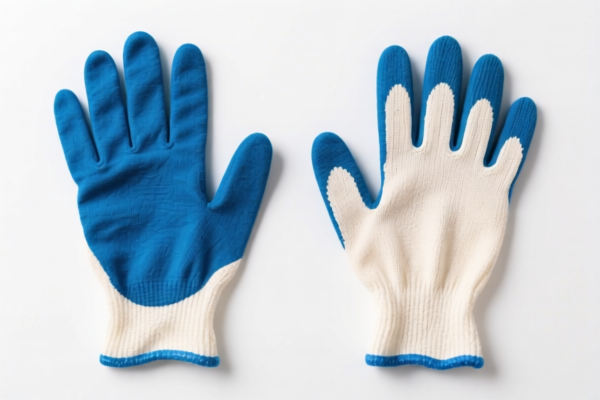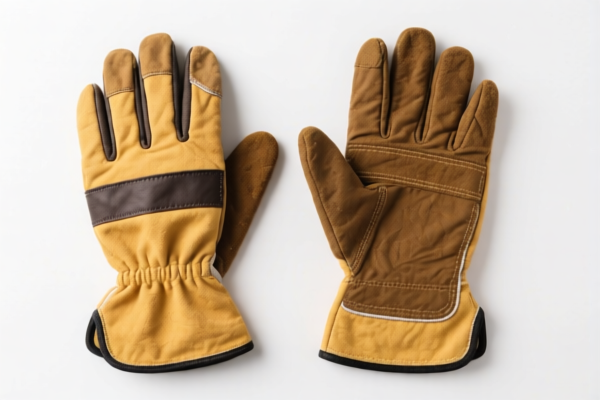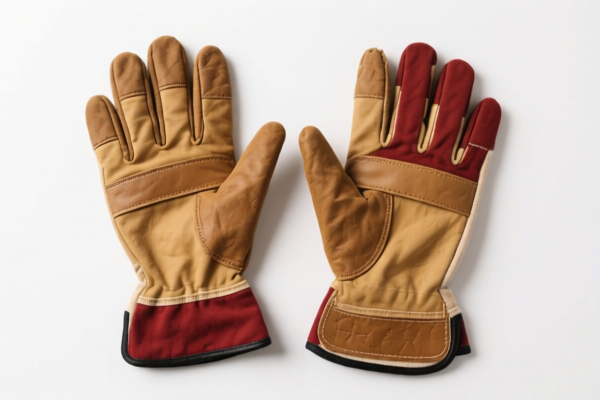| HS Code | Official Doc | Tariff Rate | Origin | Destination | Effective Date |
|---|---|---|---|---|---|
| 6216000500 | Doc | 37.5% | CN | US | 2025-05-12 |
| 6216002600 | Doc | 44.5% | CN | US | 2025-05-12 |
| 6217909075 | Doc | 52.1% | CN | US | 2025-05-12 |
| 6217909075 | Doc | 52.1% | CN | US | 2025-05-12 |
| 6212900090 | Doc | 44.1% | CN | US | 2025-05-12 |
| 6212900030 | Doc | 44.1% | CN | US | 2025-05-12 |
| 3926201010 | Doc | 30.0% | CN | US | 2025-05-12 |
| 3926909989 | Doc | 42.8% | CN | US | 2025-05-12 |
| 3916903000 | Doc | 61.5% | CN | US | 2025-05-12 |




Wire Gloves
Wire gloves are protective hand coverings reinforced with metal wire, typically steel, woven into or affixed to a fabric base. They are designed to provide a high level of cut, puncture, and abrasion resistance, far exceeding that of standard gloves.
Material
- Wire: Most commonly stainless steel, carbon steel, or Kevlar-reinforced wire. The gauge (thickness) of the wire varies depending on the level of protection required. Higher gauge numbers indicate thicker, more robust wire.
- Base Material: Often cotton, leather, Kevlar, or synthetic blends. The base material provides comfort and flexibility while the wire provides the protective element. Some gloves utilize a full wire mesh construction without a traditional fabric base.
- Coating: Gloves may have a coating (e.g., nitrile, PVC) for additional grip, chemical resistance, or waterproofing.
Purpose
The primary purpose of wire gloves is to protect the hands from sharp objects and potential injuries. They are used in environments where there is a significant risk of cuts, punctures, slashes, or abrasions.
Function
Wire gloves function by distributing the force of an impact or sharp object across a larger surface area, preventing penetration and reducing the severity of injury. The wire mesh or interwoven structure resists cutting and puncturing.
Usage Scenarios
- Meat Processing: Widely used in slaughterhouses, butcher shops, and poultry processing plants to protect against cuts from knives, saws, and deboning tools.
- Glass Cutting/Handling: Protects hands during the cutting, handling, and installation of glass.
- Metal Fabrication: Used in environments involving sheet metal handling, welding, and machining.
- Security/Law Enforcement: May be used in situations where there is a risk of edged weapon attacks.
- Recycling Facilities: Provides protection against sharp debris and materials.
- Oyster/Seafood Processing: Used for shucking oysters and handling other sharp seafood.
- Food Processing (General): Used in various food processing applications where cuts are a hazard.
Common Types
- Stainless Steel Mesh Gloves: Full mesh construction, offering high cut resistance and hygiene. Often used in food processing.
- Cut-Resistant Gloves with Steel Wire: Fabric base with interwoven steel wire, providing a balance of cut resistance and flexibility.
- Leather Gloves with Steel Wire: Leather base with steel wire reinforcement, offering abrasion resistance and durability.
- Kevlar-Reinforced Wire Gloves: Utilize Kevlar fibers in addition to steel wire for enhanced cut and puncture resistance.
- Gauntlet Style Gloves: Extended cuff for additional forearm protection.
- Five-Finger Dexterity Gloves: Designed for tasks requiring a high degree of manual dexterity, often with articulated wire construction.
Based on the provided information, “wire gloves” can be interpreted as gloves made of metal wire, potentially for protective or specialized applications. Here's a breakdown of relevant HS codes and associated details:
-
3926201010: This code covers “Other articles of plastics and articles of other materials of headings 3901 to 3914: Articles of apparel and clothing accessories (including gloves, mittens and mitts): Gloves, mittens and mitts: Seamless Surgical and medical”. While primarily for surgical/medical use, if the wire gloves are intended for a medical application, this code may be applicable. The tax rate is 30.0%.
-
6216000500: This code covers “Gloves, mittens and mitts: Impregnated, coated or covered with plastics or rubber: Ice hockey gloves and field hockey gloves”. If the wire gloves are specifically designed for ice hockey or field hockey, this code applies. The total tax rate is 37.5% (0.0% basic tariff, 7.5% additional tariff, and 30.0% additional tariff after April 2, 2025).
-
3926909989: This code covers “Other articles of plastics and articles of other materials of headings 3901 to 3914: Other: Other Other”. This is a broader category for articles not specifically defined elsewhere within heading 392690. If the wire gloves do not fall into a more specific category, this code may be suitable. The total tax rate is 42.8% (5.3% basic tariff, 7.5% additional tariff, and 30.0% additional tariff after April 2, 2025).
-
6216002600: This code covers “Gloves, mittens and mitts: Impregnated, coated or covered with plastics or rubber: Other: Without fourchettes: Other: Other”. If the wire gloves are not specifically for hockey and do not have fourchettes, this code may be applicable. The total tax rate is 44.5% (7.0% basic tariff, 7.5% additional tariff, and 30.0% additional tariff after April 2, 2025).
Important Considerations:
The classification of “wire gloves” depends heavily on their intended use and material composition. If the gloves are made of plastics or rubber with wire reinforcement, codes 3926201010, 3926909989, 6216000500, or 6216002600 may be relevant. If the gloves are primarily metal wire, further investigation into their specific application is needed.
Customer Reviews
No reviews yet.